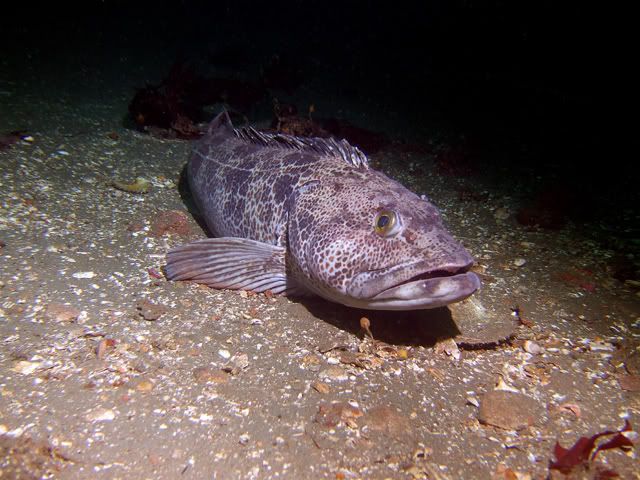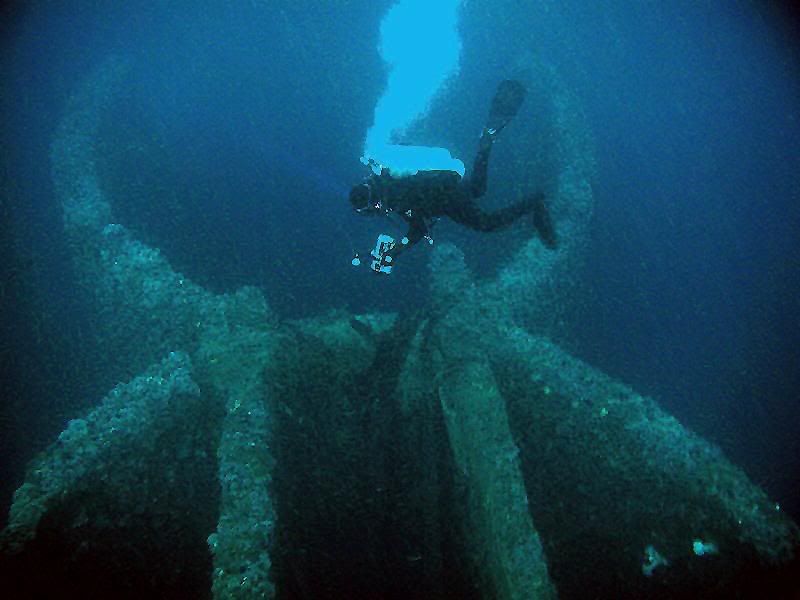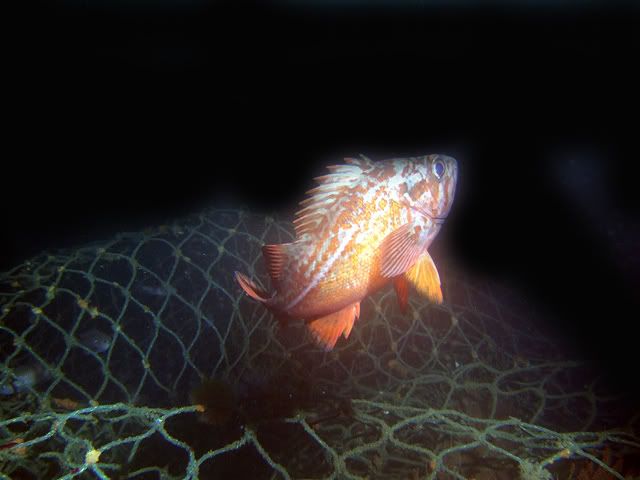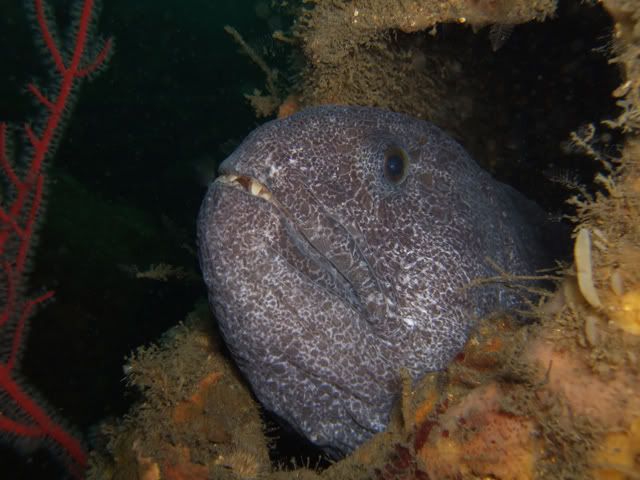1_T_Submariner
Contributor
I dove the Oriskany and thought it was great a huge artifical reef. Just cool to see that big of a ship underwater. The other wrecks that I have dove where mostly debris so the main attraction was the wildlife.
Welcome to ScubaBoard, the world's largest scuba diving community. Registration is not required to read the forums, but we encourage you to join. Joining has its benefits and enables you to participate in the discussions.
Benefits of registering include







Gold. Don't all sunken ships have gold?
